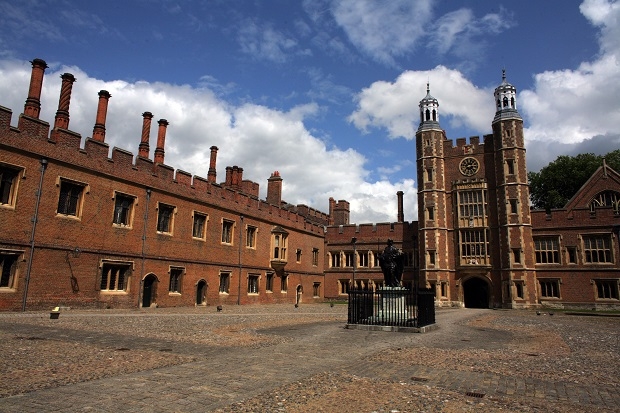Better capital makes us richer. That’s uncontroversial when it comes to fixed capital like machine tools and computers, but it’s also true of human capital. Better educated workers create more productive jobs, increasing the total amount of wealth in an economy.
In a new Adam Smith Institute report released today, Incentive to Invest: How education affects economic growth, we found a very significant relationship between improvements in education and growth. In our model, a 10 per cent increase in TIMSS Advanced test scores generates a long-term 0.85 per cent increase in annual economic growth. We argue that getting more children into independent schools through vouchers may be the easiest way of improving outcomes, and thus growth.
We attempt to show causation (as opposed to mere correlation) by isolating where the effect is coming from. Independent schools are related to growth but only through increasing educational quality. So if independent schools and growth are related, that means that educational quality is causing growth and not the other way round (nor through another, hidden, factor).
Interestingly, we find no such relationship between the quantity of education and growth – adding years to schooling has no impact on growth at all unless the extra school time improves test scores (which it often does not). Similarly, spending more public money on education often does not seem to do very much to the quality of education students receive, and so it has little to no effect on long-term growth.
The easiest way to improve educational outcomes for secondary school students may be to expand access to the private sector, which has shown to improve education quality by widening choice (and so making a better match between the student and the school) and increasing quality through competition between schools.
The long-term impact of a change like this could be dramatic. If, since 1960, England had sent as many children to independent schools as they do in the Netherlands (where 66 per cent of children now go to independent schools), our GDP per capita would be approximately £5,800 higher.
There are two mechanisms to do this. The assisted places scheme, which paid for children from underprivileged backgrounds to attend selected independent schools, was scrapped largely for political reasons under the Blair government. And, more radically, the introduction of a formal school voucher system, like the one outlined in a 2013 report by the Adam Smith Institute and the Centre for Market Reform in Education, would give any family the option of sending their child to an independent school regardless of the child’s test scores.
The case for expanding access to private education for the poor is often made on the basis of the welfare of the child. Just so. But in this report we offer a second important argument: in the long-run, better education through expanded private education could boost living standards for everyone.
Sam Bowman is Research Director at the Adam Smith Institute






Comments